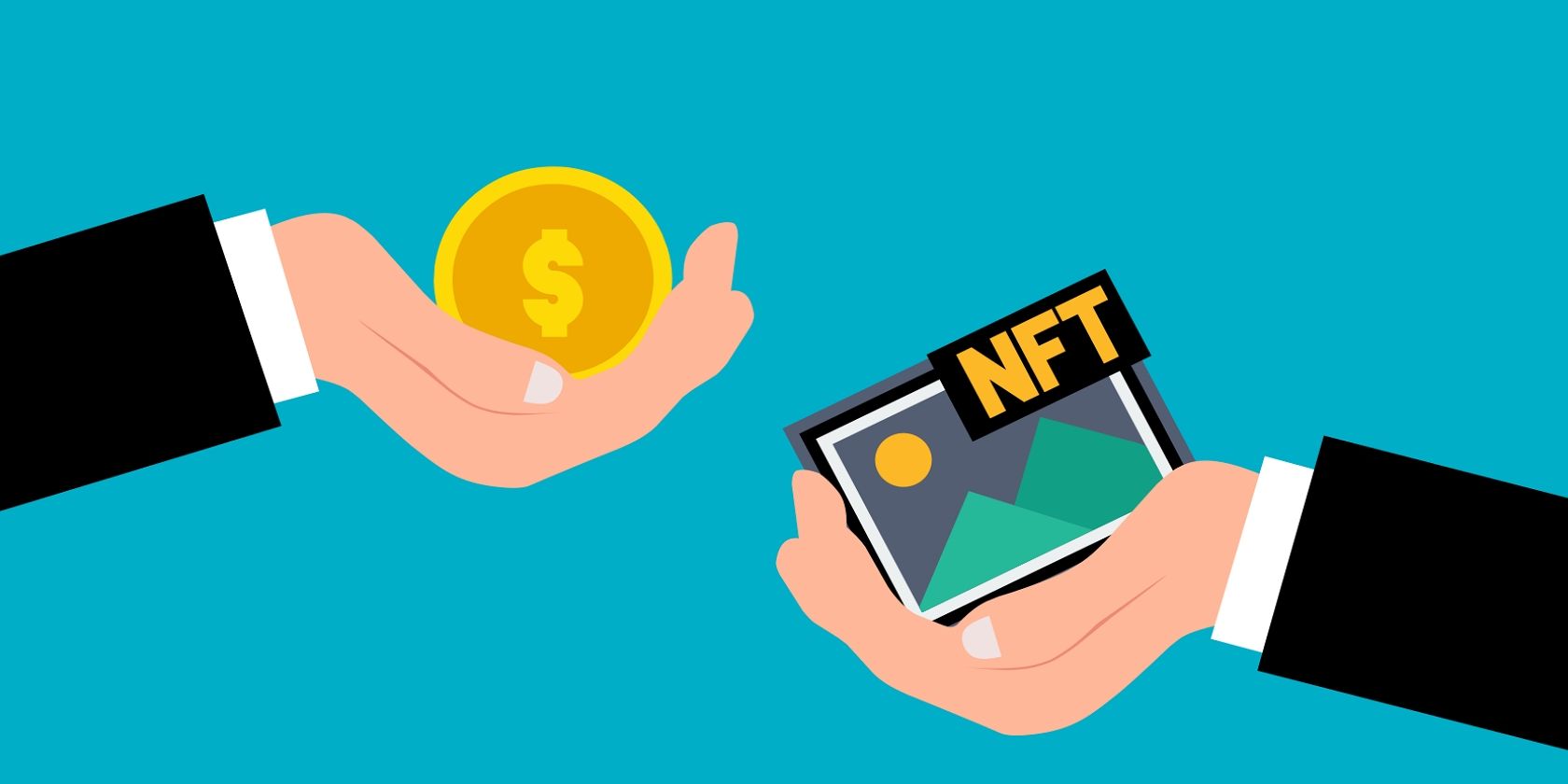Blockchain games are becoming more popular. However, there are ongoing debates in the gaming community about the advantages of NFTs. Some see it as exploitative, while others see it as legitimately useful. Nevertheless, we cannot argue that some investors have made money from NFT games.
Considering this, how can you invest in NFT games without getting your hands burnt?
What Is an NFT Game?
Simply put, NFT games are games that use non-fungible tokens. They are more than simply a way to store crypto-collectibles in your wallet; they include player interactions, the purchase of avatars and weaponry, and the potential to generate income from NFT games via the play-to-earn model.
NFTs are expected to play a significant role in driving growth in the gaming industry. They allow developers to profit from their work while allowing players to earn simply by interacting with them. In addition, NFTs employ blockchain ledgers to validate unique digital collectibles, which is vital to how NFT games work.
CryptoKitties, released in 2017 on the Ethereum blockchain, was one of the earliest games to incorporate NFT characters. It allows players to purchase virtual cats, add them to their collections, breed them, and sell them. The project is one of the early attempts to leverage blockchain technology for recreation and leisure activities.
How Do NFT Games Work?
NFT games blend conventional gaming designs with traditional gaming architecture to give users greater control over in-game assets such as characters, weapons, skins, virtual territories, etc. These games are built on blockchains and run on digital assets. Having an NFT token standard for in-game assets also helps developers keep their rarity and uniqueness.
NFT games are comparable to regular video games. The main difference is that prizes and loot won in an NFT game don't have to be kept in the NFT game. You can instead transfer your items to another game or swap them for cryptocurrencies.
The play-to-earn NFT model allows users to develop income streams. The more you play and the longer you play, the greater your profit potential. As a result, the reward is not just competitive but also monetary.
An NFT has no intrinsic value; it is valuable to the extent of the value it provides its holders and how much people want to own them. The value of an NFT could also fluctuate depending on factors like its content, utility, and scarcity.
NFTs keep track of who owns what in-game assets. They are also made in defined quantities and can't be changed. NFT games are built on a blockchain, meaning all gamers can see and interact with the game.
Understanding How Scam NFT Gaming Projects Work
Many NFT game scams use social media accounts. Scammers hack or buy verified social media accounts or ones with thousands of followers, usually on Twitter or Discord, and use them to impersonate popular NFT game projects. They typically have an army of accounts that they tag to make comments supporting the project. They also use bots to send automated replies, retweets, and tag other users.
These scam projects offer high compensation to lure you in and sometimes send links that contain malware designed to help them hack into your computer. Then, after a series of attacks, they often block access to their website or comments on social media.
Some NFT gaming scams use the rug pull scam technique. The promoters use marketing to attract buyers or investors and suddenly stop trading activity, running away with the money raised from the sales. One of the more recent examples of this is the Squid Game Token Scam. The digital token was inspired by the popular Netflix series "Squid Game." First, it marketed itself as a play-to-earn cryptocurrency, then the game developers made off with more than $3 million.
The numerous other NFT-related scams raise the need to be careful when getting involved in NFT games.
5 Ways to Spot a Scam NFT Game
Below are five things to check to avoid being involved in an NFT game scam.
1. The Project Team
It is important to understand who is behind the project and how long they have been involved in the NFT community. You can determine this by looking at how long the founders' or developers' accounts have been active. A well-known project may be more reliable than one involving unknown individuals.
If the information on the project teams cannot be verified, this could be a red flag. Although the NFT system fosters anonymity, even the most anonymous NFT developers leave a paper trail in the community. However, not knowing who the developers are doesn't automatically imply that a project is a scam.
2. Reviews
What people say about the project matters. Checking out reviews will allow you to see what other people think about the project and even the developers.
Unfortunately, reviews may not be entirely accurate. Companies pay experts to post favorable reviews of their products and services. Some set up hundreds of accounts to create these reviews to create a false public image. For this reason, you shouldn't rely solely on reviews.
3. Social Media Engagement
Twitter and Discord are key platforms for building NFT communities. You may monitor projects on these official social networks to see how people interact with them via comments and chats. But, of course, this is not an absolute standard for verifying the authenticity of a gaming project.
People buy false followers and engagements to make their social media accounts appear larger. Therefore, you should be wary of an account that was only created recently but has many followers. However, some projects become appealing very quickly and so gain a large number of followers in a short time.
4. Project Roadmap
A strategic plan should show the project's goal and desired outcome. The plan should include practical steps and milestones needed to reach the goal. The road map must be clear and easy to understand; it must also be flexible and, at the same time, centered around the big picture and the solutions it brings.
Having a well-defined roadmap is not a guarantee of success. It just reveals the creators' goals and expectations for the project, and there is no assurance that they will be realized. A strategy that appears overly ambitious and a project that appears too good to be true could be red flags. It's also not a good idea to invest in any NFT game if you're not confident in its long-term viability.
5. Verify the NFT
Using a blockchain explorer to verify the blockchain metadata is one way to validate the authenticity of an NFT. A blockchain explorer like Etherscan will provide details of an NFT. For example, it allows you to view block mining activity, transaction fees, ownership history, number of uses, and the total number of tokens issued. In addition, verifying the in-game NFTs will help you differentiate the counterfeits from the original ones.
Avoid NFT Gaming Scams
In checking the genuineness of a gaming project, you should not leave any stone unturned. Take your time to investigate the project, the people behind it, and the goal, using all the methods we have shown you. As more NFT projects launch, unfortunately, scammers also develop new ways to defraud gamers and investors. With this in mind, you must remain on guard and verify the transparency of all NFT gaming projects you intend to invest in.




